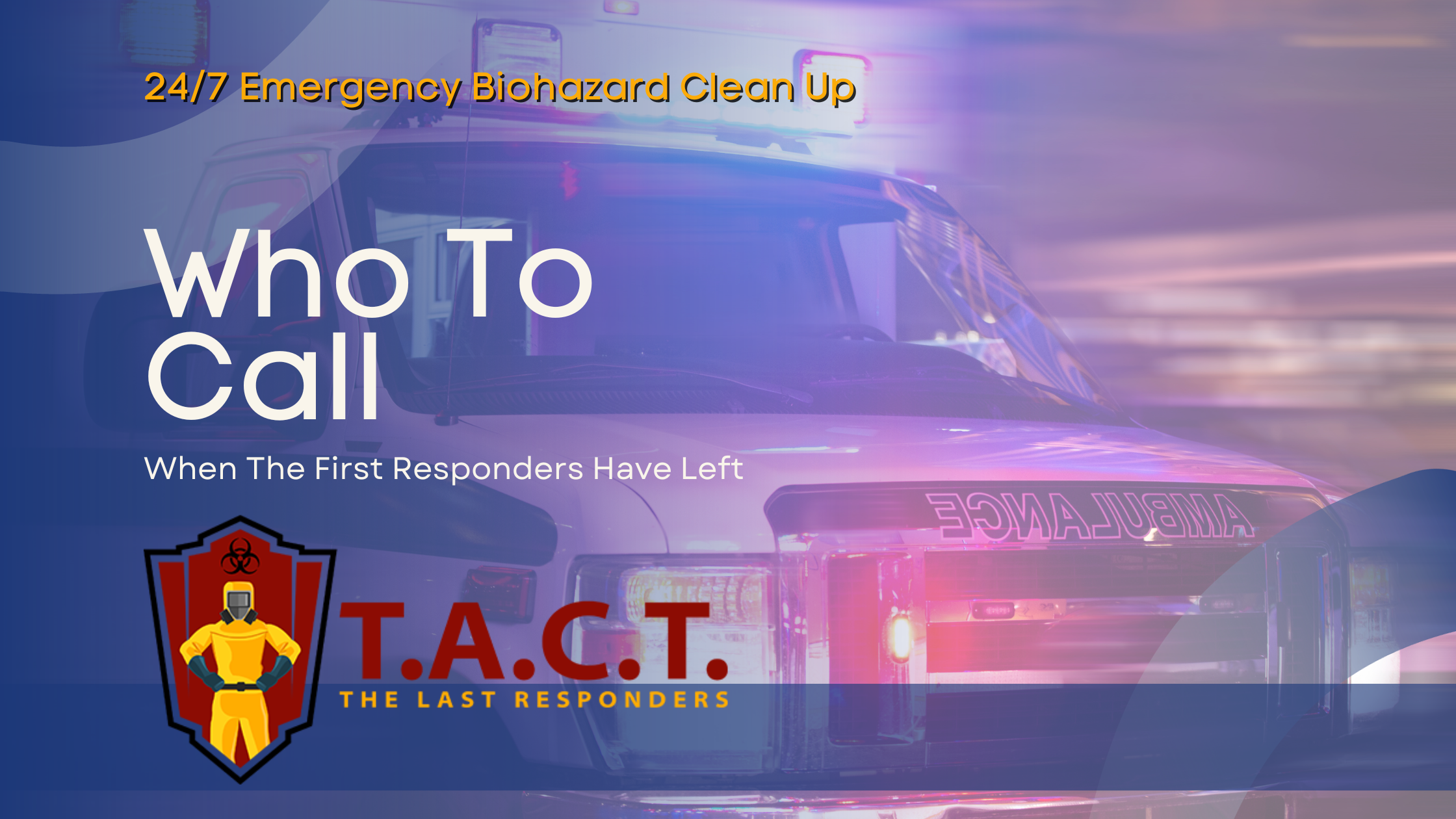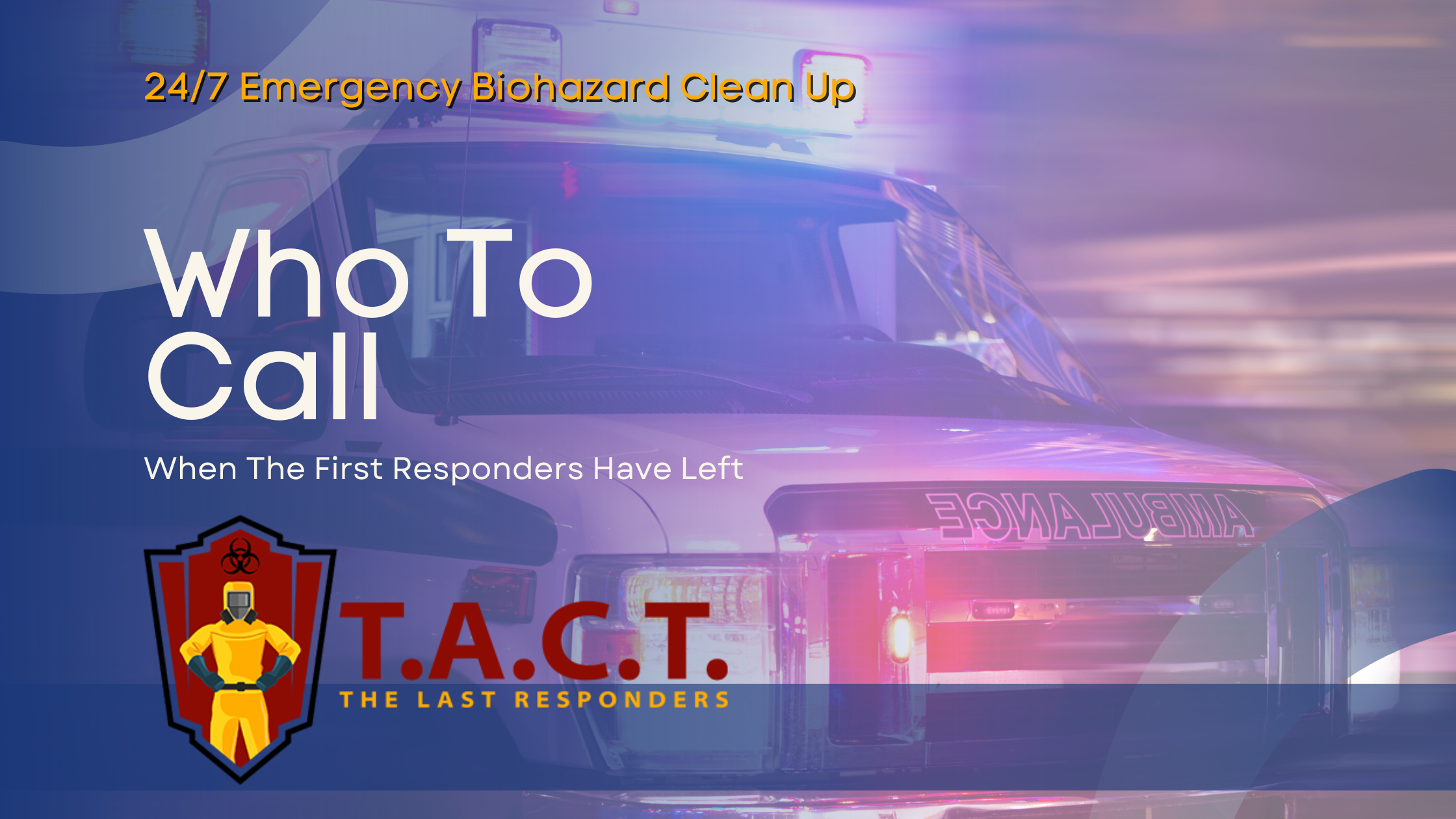Best practice for safely cleaning
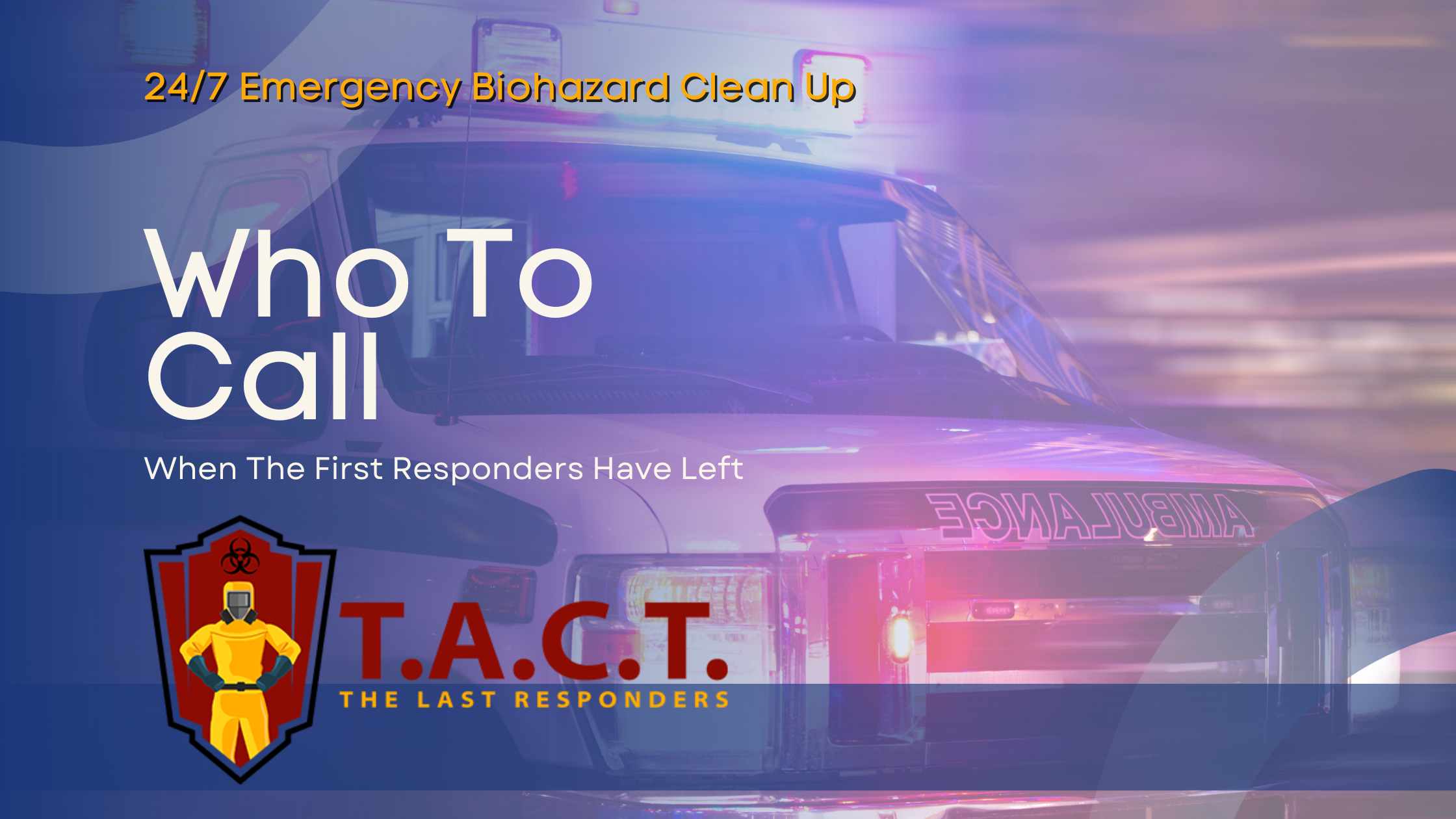
Best Practices for Safely Cleaning Up Rodent Droppings
Cleaning up rodent droppings can be hazardous. This guide will show you how to do it safely and effectively, minimizing health risks.
Key Takeaways
Proper preparation and personal protective equipment (PPE) are essential for safely cleaning rodent droppings to minimize health risks.
Avoid sweeping or vacuuming droppings; instead, use disinfectant sprays to prevent airborne particles and follow specific cleaning methods for different surfaces.
Post-cleanup measures, including sealing entry points and regular inspections, are crucial for preventing future rodent infestations.
Preparing for Rodent Dropping Cleanup
Adequate preparation is essential to minimize health risks before cleanup. Start by gathering appropriate disinfectants, protective gear, and other necessary cleaning supplies. Proper preparation ensures safety and efficiency. Cleaning rodent droppings and urine requires extreme care to sweep rodent urine and avoid health hazards.
Understanding the correct procedures for using these materials is equally important. This includes knowing which disinfectants to use, the importance of protective gear, and why sweeping or vacuuming droppings should be avoided.
Use appropriate disinfectants
Using appropriate disinfectants is crucial for dealing with contaminated surfaces. A bleach solution or an EPA-registered disinfectant is recommended. Mix 1.5 cups of household bleach with 1 gallon of water and spray it on affected areas, leaving it wet for at least five minutes to ensure proper disinfection.
In severe infestations, commercial disinfectants are necessary to neutralize potential health risks from droppings. Diseases like hantavirus pulmonary syndrome can be transmitted through contact with rodent droppings and rodent urine, and rodents can carry hantavirus and virus, making thorough disinfection imperative.
After cleaning, always wash your hands with soap and water to stay healthy by removing any residual contaminants that have been cleaned.
Wear protective gear
Protective gear is mandatory when cleaning up rodent droppings. To wear rubber or plastic gloves prevents direct contact with hazardous waste. Masks can prevent inhalation of harmful particles, and long-sleeved shirts and pants offer additional skin protection.
Proper disposal of protective gear is essential after cleanup. Carefully remove gloves to avoid contact with contaminated surfaces and dispose of them in a sealed plastic bag. Always wash your hands thoroughly after removing gloves to prevent any potential contamination.
Avoid sweeping or vacuuming droppings
Sweeping or vacuuming rodent droppings or mouse droppings can spread infectious aerosols, increasing the hazard. Household vacuums, even with HEPA filters, may release microorganisms into the air, posing serious health risks. Avoid these methods.
Instead, ventilate the area by opening windows and doors for at least 30 minutes before starting the cleanup. Use a disinfectant spray to dampen the droppings and urine, preventing dust particles from becoming airborne. This method ensures a safer and more effective cleaning process.
Cleaning Up Rodent Droppings
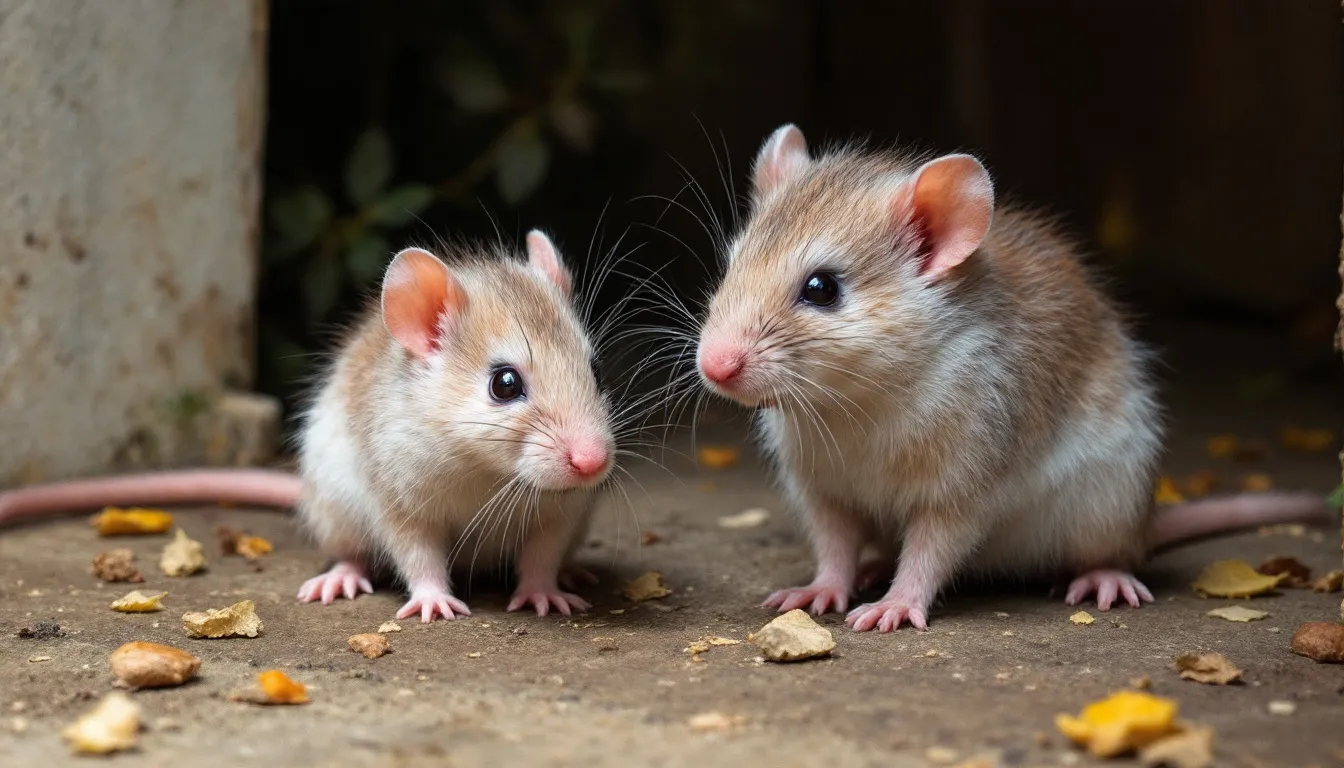
Once prepared, begin the actual cleanup. Thoroughly disinfect affected areas to reduce exposure to harmful pathogens like hantavirus. Regularly monitor for signs of rodent activity to ensure ongoing safety and prevent reinfestation.
Different surfaces require different cleaning methods. Hard surfaces, carpets, upholstery, and textiles all need careful handling to ensure thorough disinfection.
Disinfecting hard surfaces
When disinfecting hard surfaces, apply a disinfectant to the droppings for removing droppings to avoid spreading infectious particles into the air. Soak the droppings thoroughly and let it sit for a few minutes to ensure effective sanitation. This method minimizes dust and prevents airborne particles.
After sufficient disinfection time, use paper towels to wipe up the droppings and dispose of them in a sealed plastic bag. Clean up the area with soap and warm water to remove any remaining contaminants.
Always wash your hands thoroughly after cleaning.
Cleaning carpets and upholstery
Carpets and upholstery require special attention. Use a commercial-grade steam cleaner or a disinfectant shampoo to ensure thorough sanitation. Steam cleaners are particularly effective for treating contaminated areas.
For upholstered items, apply a disinfectant shampoo and follow the manufacturer’s cleaning instructions. Regularly check and clean these areas to prevent the buildup of contaminants and maintain a healthy environment.
Handling contaminated textiles
Contaminated textiles, such as clothing and bedding, should be washed in hot water with detergent to eliminate potential pathogens. Dry these items on a high heat setting for thorough disinfection.
For heavily contaminated textiles, consider discarding them in a sealed second plastic bag to prevent the spread of bacteria and viruses. Always wash your hands thoroughly after handling contaminated materials to minimize health risks.
Dealing with Dead Rodents and Nests
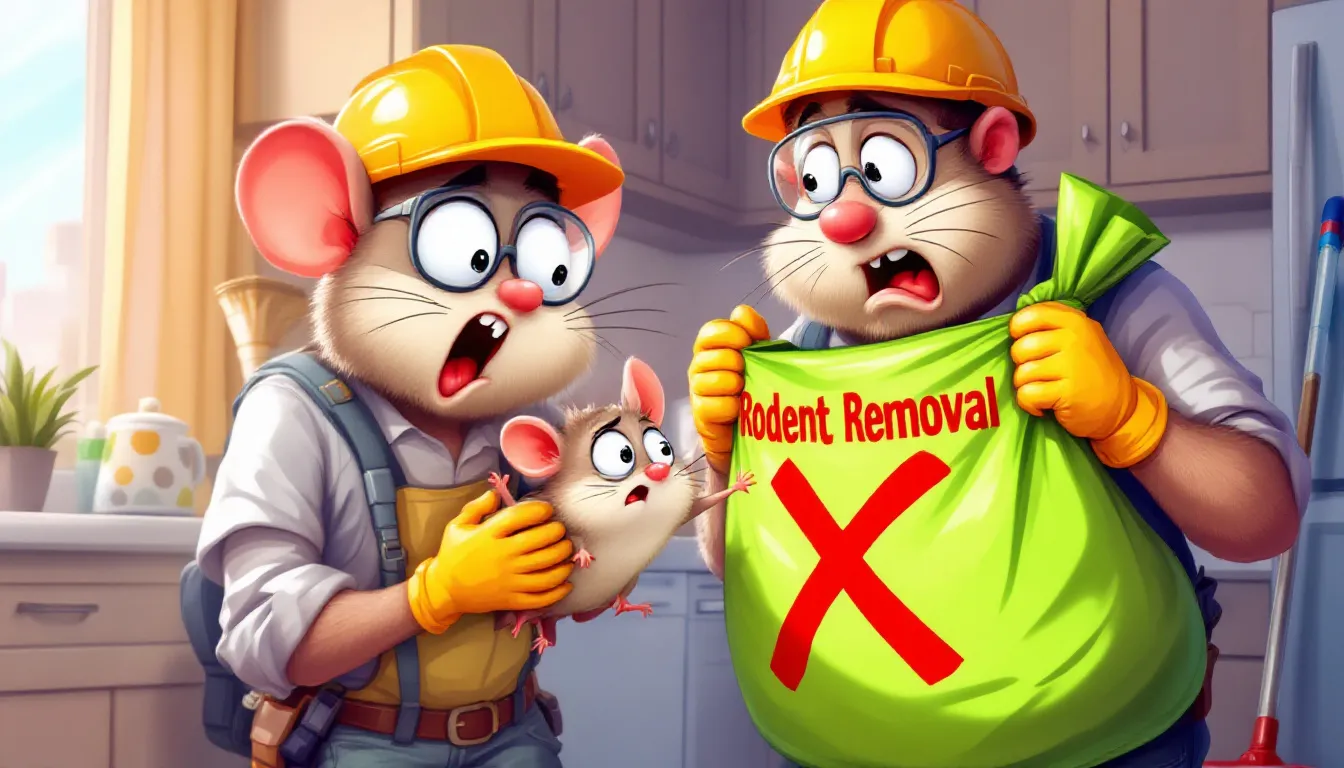
Handling dead rodents and nests requires special care to prevent disease transmission. Avoid direct contact with dead rodents and their nesting materials. Always use protective gear and disinfect the area thoroughly.
Proper disposal of dead rodents and nests is crucial. This involves sealing the dead rodent in a plastic bag and disinfecting the area to eliminate any remaining health risks.
Safely disposing of dead rodents
When disposing of dead rodents, spray them with a disinfectant before sealing them in a sturdy plastic bag. Ensure the bag is tightly closed to prevent leaking, and spray the outside of the sealed bag with disinfectant to kill any bacteria or viruses.
Dispose of the sealed bag according to local health regulations, which may involve placing it in a designated hazardous waste bin. Clean and disinfect the area where the dead rodent was found to eliminate any remaining health risks.
Removing nests
Nests and nesting materials should be removed with care. Spray the nests with a disinfectant to minimize health risks, and carefully place them in a sealed plastic bag for disposal. Properly discard any contaminated air filter and replace the replacement filter according to instructions.
After removing the nests, disinfect the area thoroughly to eliminate any residual bacteria or viruses. Regularly monitor the area for signs of rodent activity to prevent re-infestation.
Special Considerations for Heavy Infestations
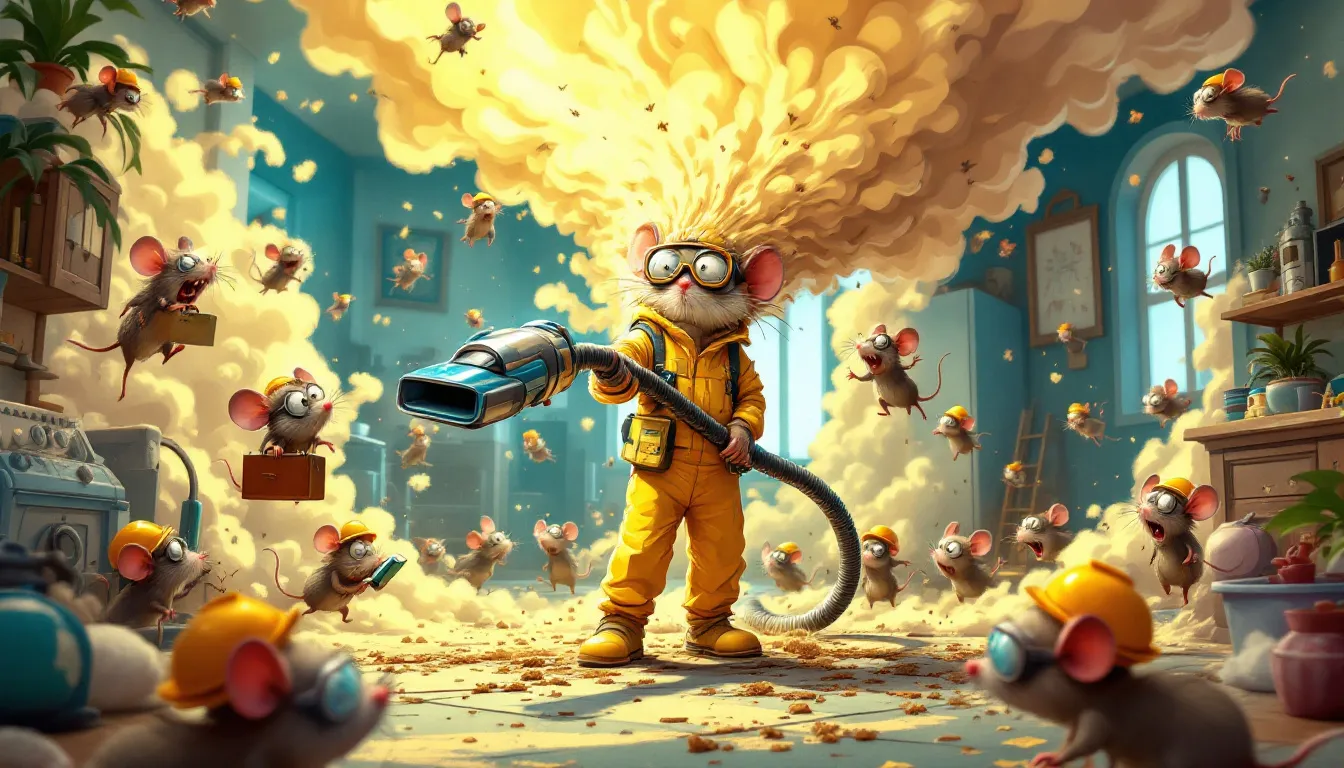
In severe rodent infestations, additional precautions are necessary to ensure safety. Heavy infestations pose significant health risks, making the cleanup process more complex. Using advanced personal protective equipment (PPE) and seeking professional assistance are crucial steps.
Proper PPE, such as HEPA respirators and full protective gear, is necessary for those engaged in cleanup operations to minimize health risks. In severe infestations, professional rodent control services may be required to handle the situation effectively.
Using personal protective equipment (PPE)
For heavy infestations, advanced PPE is crucial. This includes HEPA respirators, gloves, goggles, and full protective gear to minimize exposure to harmful pathogens. Masks, gloves, and goggles protect against inhalation of pathogens and contact with contaminated surfaces.
Use all PPE according to the manufacturer’s instructions and dispose of it properly after use. Always wash your hands thoroughly after removing gloves to prevent any potential contamination.
Professional assistance
In severe rodent infestation, professional assistance is often necessary. Signs of heavy infestations include large amounts of rat droppings, frequent sightings of live or dead rodents, and noticeable structural damage.
Professional rodent control services have the expertise and equipment to handle extensive infestations safely and effectively.
Post-Cleanup Measures

After cleanup, take measures to prevent future infestations. Cleaning and disinfecting surfaces contaminated by nesting materials is crucial. Regular maintenance and monitoring can help detect and resolve rodent issues before they escalate.
Establishing a routine schedule for inspections and maintaining cleanliness in your environment are key steps to deter rodents.
Inspecting and sealing entry points
Inspecting and sealing entry points is critical in preventing re-infestation. Mice can squeeze through openings as small as 1/4 inch, so seal any gaps around the home. Check around doors, windows, and the foundation for potential entry points and seal them properly. A mouse can easily find its way inside if these gaps are not addressed.
Sealing these gaps can significantly deter rodents from entering your home. Regularly inspect and maintain these seals to ensure they remain effective.
Regular maintenance and monitoring
Regular maintenance and monitoring are essential to keep your home rodent-free. Using snap traps and bait as preventive measures can significantly reduce the risk of future infestations. Regular inspections can help spot signs of rodent activity before an infestation develops.
Establish a routine for cleaning and proper pet food storage to deter rodents and attract rodents. Regularly removing debris and clutter that can offer hiding spots will help maintain a clean environment and keep foods rodent-free.
Summary
Cleaning up rodent droppings safely requires thorough preparation, the right equipment, and careful execution. By following the best practices outlined in this guide, you can effectively manage rodent waste and prevent health risks. Regular maintenance and monitoring are crucial to deter future infestations and maintain a clean environment.
Taking action to address rodent issues promptly and effectively will protect your health and home. Remember, when in doubt, don’t hesitate to seek professional assistance to ensure a safe and thorough cleanup process. Stay vigilant, stay safe, and keep your home rodent-free.
Frequently Asked Questions
What disinfectants should I use to clean rodent droppings?
To effectively clean rodent droppings, use a bleach solution of 1.5 cups of household bleach mixed with 1 gallon of water or an EPA-registered disinfectant. This will help ensure proper sanitation and safety.
Why shouldn't I sweep or vacuum rodent droppings?
You should avoid sweeping or vacuuming rodent droppings because it can release harmful aerosols into the air, increasing the risk of disease transmission. Instead, use damp paper towels to carefully clean up the droppings while wearing gloves and a mask.
What protective gear do I need for cleaning rodent droppings?
To safely clean rodent droppings, it's essential to wear rubber or plastic gloves, a mask, and long-sleeved clothing to prevent direct contact with potentially hazardous materials.
How do I dispose of a dead rodent safely?
To safely dispose of a dead rodent, seal it in a sturdy plastic bag, disinfect the bag’s exterior, and follow your local health regulations for disposal. This ensures both safety and cleanliness in handling the situation.
When should I call a professional for rodent infestations?
You should call a professional for rodent infestations if you notice uncontrollable populations, significant droppings, or contamination in air systems. Taking immediate action can prevent further damage and health risks.
Latest news
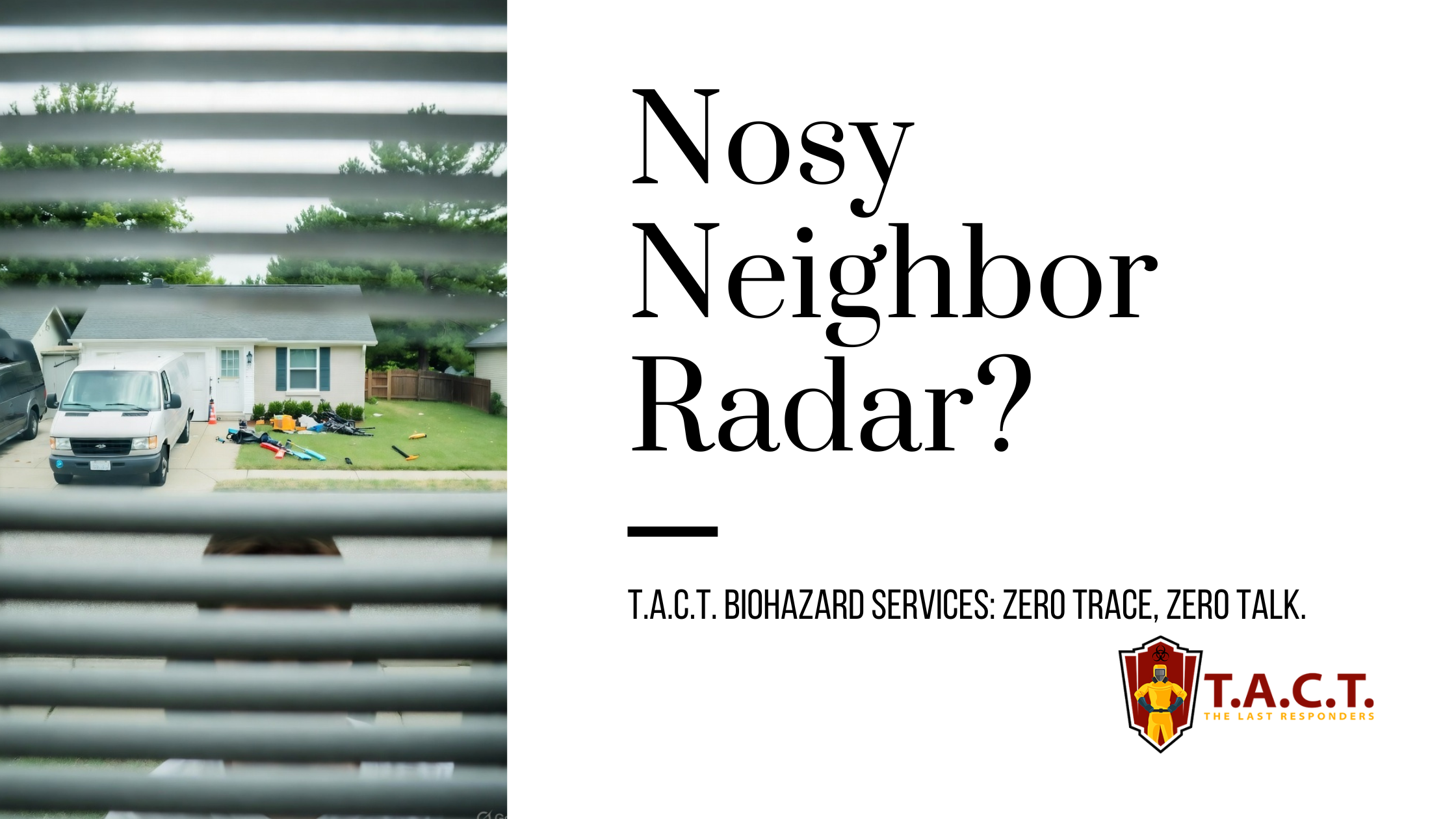
Nosy neighbors peeking? T.A.C.T. North Atlanta offers discreet biohazard remediation for rodent infestations, mold, hoarding, and more. Unmarked vehicles, quiet experts, full privacy—24/7 service at 470-781-4775.
Read More
